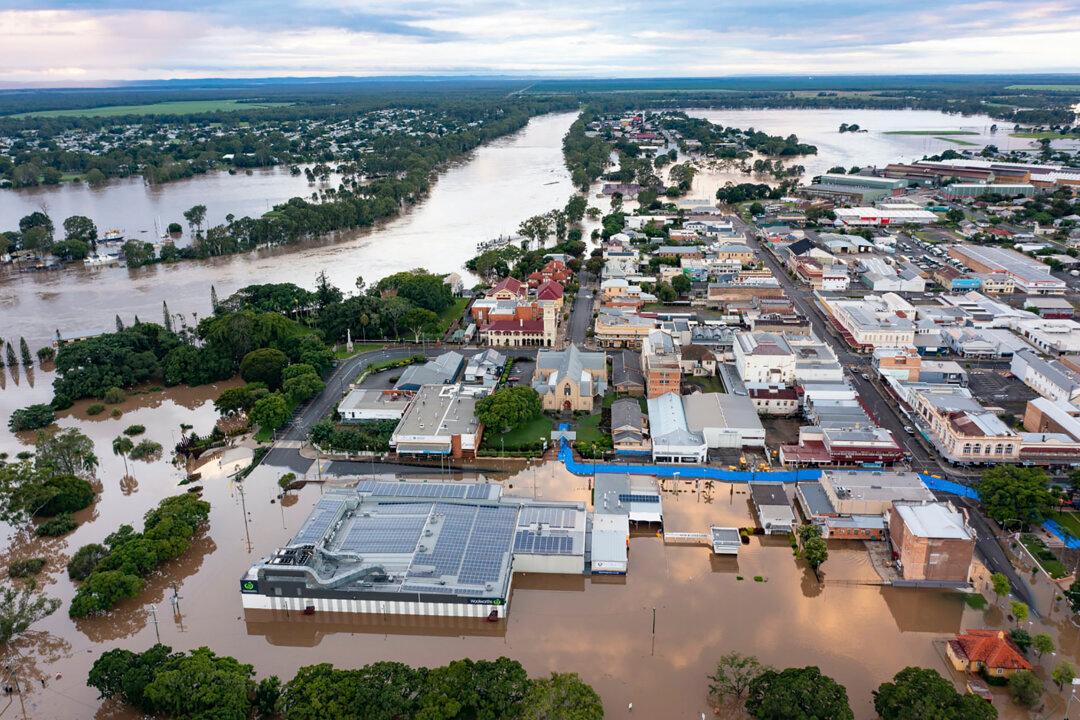This year’s devastating floods in South East Queensland will cost the state an estimated $7.7 billion (US$5.3 billion), according to an independent Deloitte Report recently released.
The report looked into the financial, economic and social costs of the severe rainfall and flooding events that occurred between late February and early April and impacted 23 local government areas (LGAs), including Brisbane and the Gold Coast.





